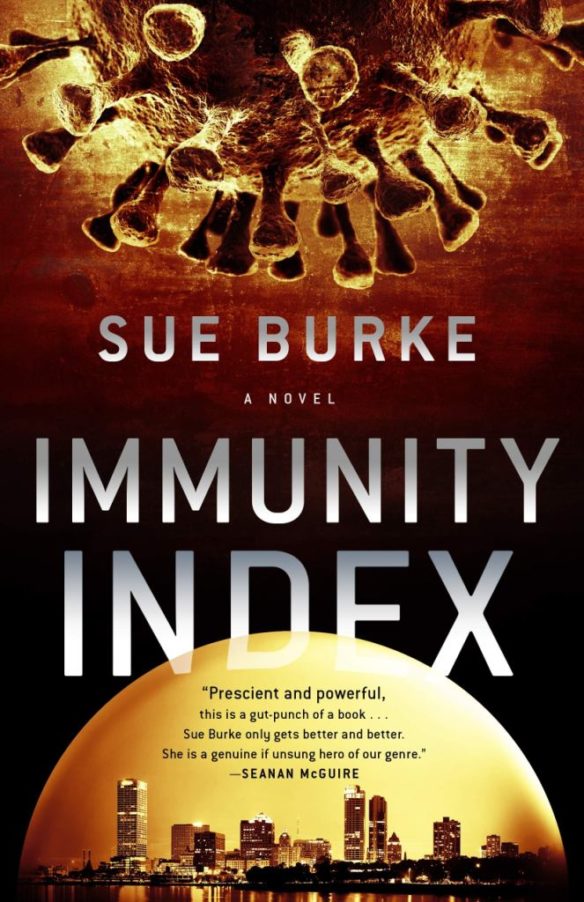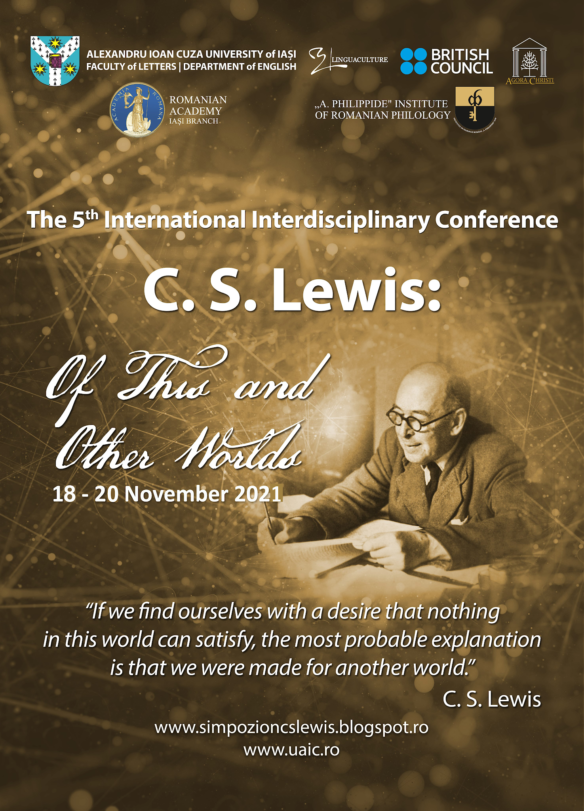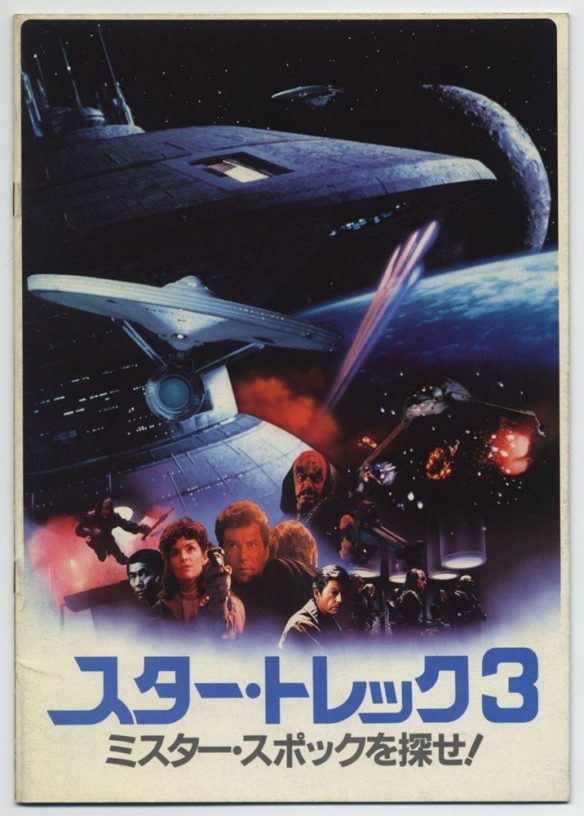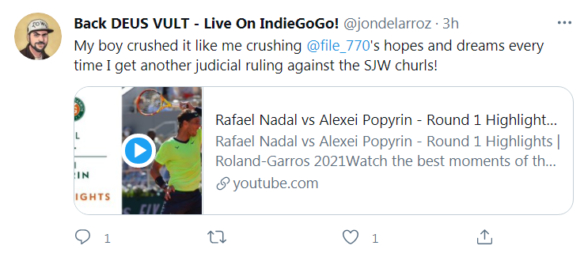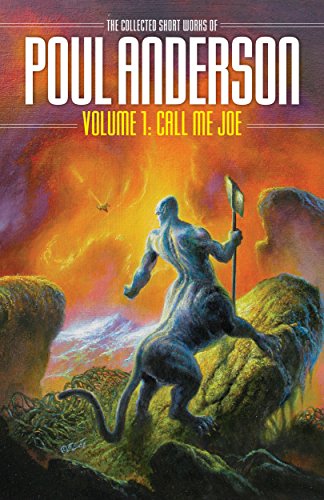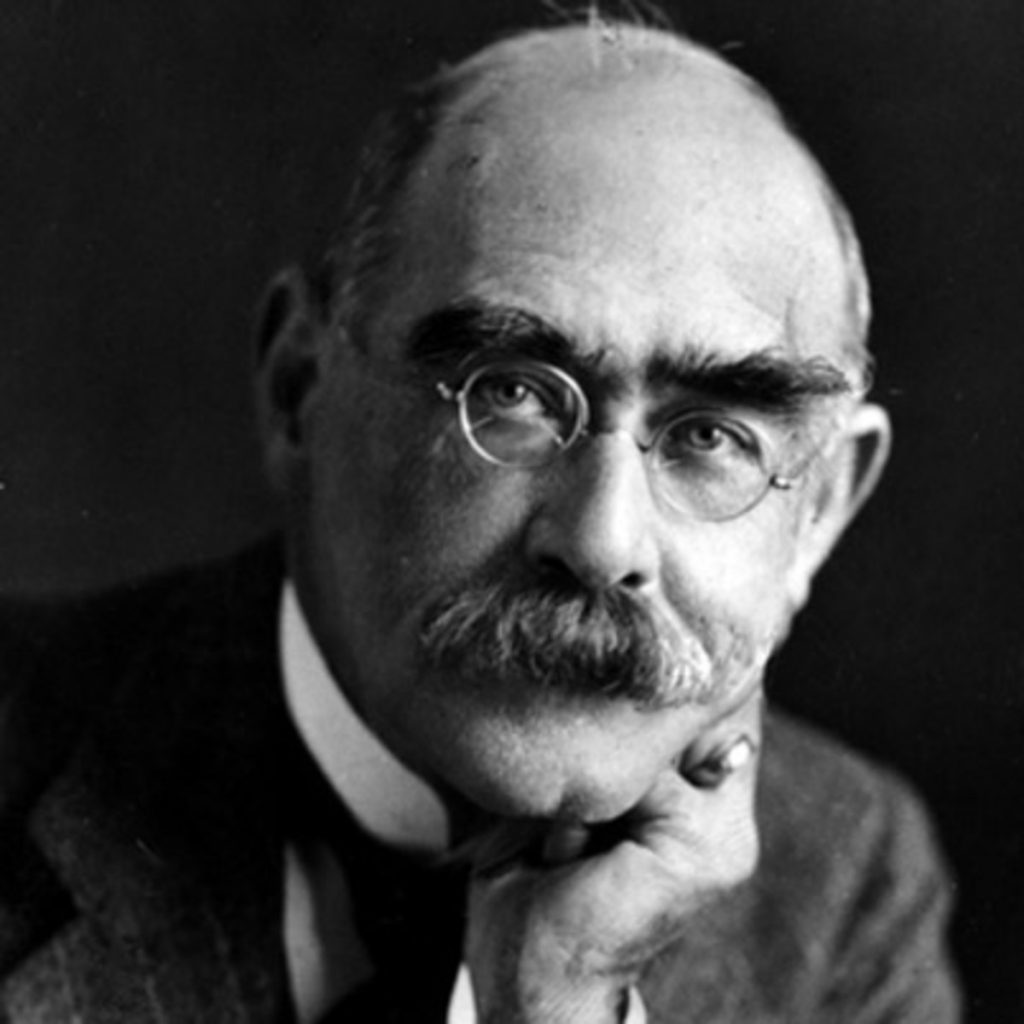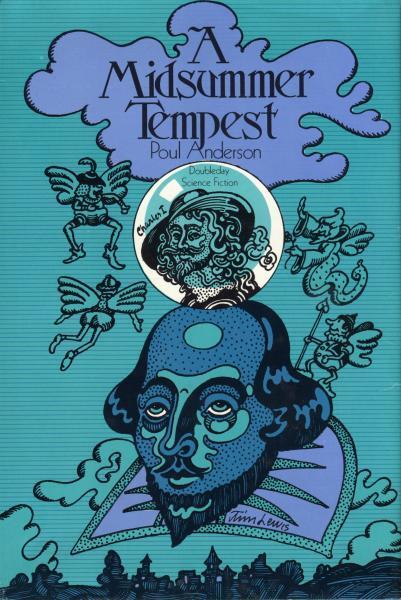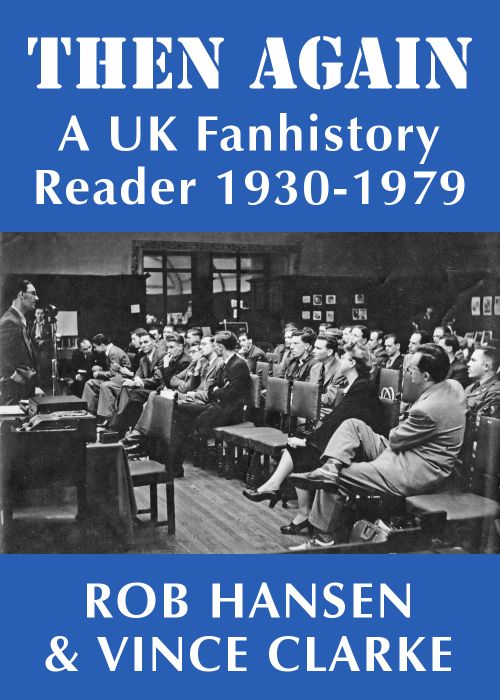(1) ORAL HISTORY OF SMALLVILLE. “‘We Had Freedom to Change the Mythology:’ An Oral History of ‘Smallville’” in The Hollywood Reporter.
Here, the key players look back, with those sharing memories including Welling and the creators, as well as Michael Rosenbaum, Kristin Kreuk, John Schneider, Annette O’Toole, John Glover and Erica Durance.
… GOUGH There weren’t any comics on [Clark Kent’s teen years]. It was a blank slate. Jenette Kahn, who was the publisher of DC Comics at the time, said, “Clark is who he is because of his parents. If he had landed in a different cornfield and been raised by different people, he would have been a different person.” That was something that really struck us.
MILLAR We had the freedom to change the mythology, to really make it our own, with Lex losing his hair in the meteor shower — even the meteor shower itself, which was a new development. Anyone approaching that similar story today would not be allowed the freedom that we had, because at that point no one cared….
ROSENBAUM [Lex Luthor] The casting director is like, “Sit here,” and I go, “Naw, Lex wouldn’t do that.” And she’s like, “Well I have to relight,” and I go, “Would you mind?” And she relit the room and I had to wait outside. I came back in and kind of just took over the room. I go, “What are 700 other guys doing wrong that you are auditioning?” And they said, “Well, we want a sense of charisma, we want a sense of danger, we want a sense of comedic timing.” I only had three pages to work with. I circled, “I’ll be dangerous here, I’ll be funny here, I’ll be charming here.”
GOUGH Lex was the last role we cast. It was a week before we started shooting. Miles was in Vancouver with David Nutter and I was still in Los Angeles with some of the other producers. Michael came in in Los Angeles. We videotaped it and he was just fantastic. He literally hit all the right notes and he was perfect. I remember we somehow got it up to Miles and David in Vancouver.
ROSENBAUM My agent called. “They want to screen test you.” I said, “I’ll never have an audition as good as I just had. Tell them to rewind the tape.” So he goes, “You’re going to lose this role. You know that.” I don’t recommend this to any other actor, and I would never do it again, but I said, “Rewind the tape.”
WELLING “Lex Luthor does not come back for a second audition, OK?”
ROSENBAUM Exactly. He just wouldn’t do it. It’s out of character….
(2) WATCH THE AURORA AWARDS CEREMONY. The winners of the Aurora Awards will be revealed on Saturday, October 16 at 7:00 p.m. Eastern (4:00 p.m. Pacific.) Can*Con will be present awards in a virtual ceremony accessible via their YouTube channel here.
(3) INDIGENOUS FUTURISTS. On October 5 Apex Magazine released its Indigenous Futurists issue, a bonus issue featuring the work of Indigenous genre creators. The issue, guest-edited by Allison Mills, features the work of Pamela Rentz, Kevin Wabaunsee, Tiffany Morris, Sloane Leong, Rebecca Roanhorse, Norris Black, and Theodore Van Alst, Jr. Cover art by Megan Feheley. Read it at the link.

(4) THREE HEARTS. The Poul Anderson Facebook page posted a photo from the Anderson family motorcycle trip in Europe in the Fifties. See it at the link.
We’re going through an album of photos that Poul made in the late 1940s and into the late 1950s, and we’ll be sharing some images from it. For starters, here’s a picture of Poul’s brother, John Anderson, his mother, Astrid Anderson, and Poul, with the motorcycle and sidecar they toured Europe with in 1953. This was taken somewhere in Holland.
(5) NZ FIRE OFFICIAL WIZARD. [Item by Tom Whitmore.] I don’t recall seeing anything about this character around CoNZealand — how did we miss that the country had an official wizard? And doesn’t firing the wizard usually result in bad things for the kingdom? The Guardian reports “New Zealand council ends contract with wizard after two decades of service”.
… The Wizard is a well-known face to Christchurch residents, but in recent years, his presence has diminished, and sightings have become rare. He says that is because the council has made him invisible and would not respond to his suggestions to improve tourism.
“But when they cancelled this honorarium, everyone got furious, they have awakened a hornet’s nest here, it’s hilarious. The next few months are going to be real fun.”
The Wizard said he would keep up his regular appearances at Christchurch’s Arts Centre, chatting to tourists and locals. The centre is hosting an exhibition of his life this month, which is supported by the council.
When asked if he would curse the council over its decision, he said he preferred to give blessings.
“I give children happy dreams, general good health, and I want to make bureaucrats become more human.”
(6) AFRICAN LITERARY PRIZE SHORTLIST. South African author Mandisi Nkomo’s Should have Listened to Mother, a work of genre interest, is one of six shortlisted for the Toyin Falola Prize 2021.
The Toyin Fálolá Prize is an award from Nigerian-based Lunaris aimed at honouring distinguished African scholar and foremost historian, Prof Toyin Fálolá, whose contributions to the field of African history and culture have continued to place Africa on the map and accord it its deserved recognition. The prize honours his endeavours and contributions to the advancement of African cultures, peoples, myths, and histories. The first winner of the award set up in 2020 was Fayssal Bensalah.
The award organizers announced the 11-story longlist from the 495 eligible submissions, 11 stories on September 20.
(7) JUST ARRIVED. [Item by Daniel Dern.] As seen in the updates from Bud Plant. I haven’t looked at this, I plan to see about getting it through my library. It’s a 2021 Locus Award winner. The Art Of Nasa: The Illustrations That Sold the Missions.

By Piers Bizony. Art by Robert McCall, Ron Miller, Robert Watts, Paul Calle, David Hardy et al. From space suits to capsules, from landing modules to the Space Shuttle, the International Space Station, and more recent concepts for space planes, 60 years of American space exploration in an unprecedented fashion. All the landmark early missions are represented in detail — Gemini, Mercury, Apollo — as are post-Space Race accomplishments, like the mission to Mars and other deep-space explorations….
From space suits to capsules, from landing modules to the Space Shuttle, the International Space Station, and more recent concepts for space planes, 60 years of American space exploration in an unprecedented fashion. All the landmark early missions are represented in detail — Gemini, Mercury, Apollo — as are post-Space Race accomplishments, like the mission to Mars and other deep-space explorations.
Ultra-rare artworks illustrate a unique history of NASA hardware and missions from 1958 to today, giving readers an unprecedented look at how spacecraft, equipment, and missions evolved — and how they might have evolved. Formed in 1958, NASA has long maintained a department of visual artists to depict the concepts and technologies created in humankind’s quest to explore the final frontier. Culled from a carefully chosen reserve of approximately 3,000 files deep in the NASA archives, the 200 artworks presented in this large-format edition provide a glimpse of NASA history like no other.
(8) CONTRARY TO WHAT SCOTTY SAYS. James Davis Nicoll touts “Five Stories in Which Changing the Laws of Physics Leads to Bigger Problems” at Tor.com.
The laws of physics are forever confounding perfectly reasonable schemes. Whether riding gracefully on the running board of a racing car, adroitly handling semi-molten glass, or gliding lightly down from a roof to the embrace of the sidewalk whilst borne up by what intuition said was a sufficiently large bath towel, the laws of physics are forever barging in to insist that, no, things do not work that way.
What if the laws of physics were altered? …
One of James’ examples is —
A Wizard’s Henchman by Matthew Hughes (2016)
Troubleshooter Erm Kaslo specializes in solving the problems of the rich and powerful. There are enough of those, spread across the Spray’s ten thousand worlds, to keep Kaslo busy and affluent. All he asks of his clients is that they pay his fees promptly. If their demands are immoral or insane? No problem.
One of his rich clients believes that the world is about to transition from an era of technology and enlightenment to one of magic and chaos. Kaslo is willing to do as the client asks, even while he believes that the client is nuts. It’s a surprise when the client turns out to be right.
But a change in the basis of power, from technology and commerce to dark magical arts, means that there will still be powerful folks with problems. Problems Kaslo is happy to handle. The universe may have been upended, but Kaslo will prevail.
(9) SABLE REVIEW. [Item by Martin Morse Wooster.] In the Financial Times behind a paywall, Tom Faber reviews Sable, a new video game featuring nomads on a desert planet, which Faber says “Is drawn in a thrillingly unique style.”
‘Drawn’ is really the word. Playing Sable is like living in a graphic novel by Jean ‘Moebius’ Giraud, the influential artist who pioneered a surrealistic sci-fi style. From the opening vista we see scrap metal villages and wind-sculpted mesas drawn in fine black lines, their flat textures and minimal shading drawing attention to a stunning pastel colour palette–one of the most artful I’ve ever seen in a game–of tawny desert, powder-blue sky and distant mountains a muted lilac…
…The fable-like qualities of the narrative are lent depth and fragrance by Meg Jayanth, the writer behind the superb interactive novel 80 Days. Language here bears the plain-spoken profiundity of myth. A machinist asking you to repair a malfunctioning wind tower says, ‘Go there, mend what is broken or sooth what is hurt, and I will give you what you seek…a direction.’ This abstraction is undercut by precise character writing, particularly in Sable herself, who is far from a blank slate — she is anxious, spunky, and completely relatable. Conversations with other nomads offer spare but evocative fragments to explain the history of the world, allowing players to fill in the gaps themselves.
(10) A SCARY PROFESSION. CrimeReads’ Celia Mattison looks at horror films about books: “Publishing Is a Nightmare: 31 Horror Films about Writing, Reading, and the Book Business”.
The business of writing and reading pops up all the time in horror films. Maybe it’s that screenwriters understand better than anyone the terror of creation. Maybe it’s that long, late hours spent alone in an office juxtaposes nicely on screen against glamorous events hosted by the literati. Or perhaps we’ve all just had a traumatic childhood experience in a library. Either way, here are 31 films guaranteed to give you an October that’s equal parts eerie and erudite….
(11) TAPPING INTO MEMORY. Strange Horizons presents an interview with Chandler Davis by Gautam Bhatia, “Across fracture lines”.
…Science fiction is not a monolith: even as racism, colonialism, and sexism played a dominant role in SF-production through the long 20th century, there were always writers and texts that questions, challenged, and subverted that dominant paradigm. The contrapuntal canon, or the hidden transcript, as it were.
At Strange Horizons, we see ourselves as committed to a plural and diverse vision of SFF, and therefore, as a continuation of this older – and sometimes submerged – tradition of against-the-grain writing. To know – and understand – more about our forebears, for this Fund Drive Special Issue, we decided to interview Chandler “Chan” Davis, one of the most outstanding exponents of the contrapuntal canon, at a time at which the dominant, regressive tendencies of science fiction were at their apogee: the 1940s and the 1950s.
…CD: One striking example of my writing responding to the preoccupations of the time is my responding to the threat of nuclear weapons. All of us in the science-fiction gang who learned of the Manhattan Project only in August 1945 felt at least a momentary joy of vindication: we had been saying this might happen, the general population didn’t know, and lo! we were in the right. But most of us soon realized, “Hey! this is a calamity, an atrocity” (and to think it was done in the name of the American people). Some of the authors sounded the alarm. I cite especially [Theodore] Sturgeon’s “Memorial”, my “The Nightmare”, and Sturgeon’s “Thunder and Roses”, but there were several others. We put it before our audience a rather large and international audience– that if your country is the target of nuclear attack, then it is up to you not to strike back but to do everything to RESTRAIN your country from striking back. We were right, but our message didn’t stick, in the USA or anywhere….
(12) AAHZ MARUCH (1967-2021). [Item by James Davis Nicoll.] Python programmer, whose fannish activities date back at least as far as classic USENET (alt.poly and other groups), died October 14 following several years of ill health. Survived by partner Steph Maruch.
Editor’s postscript: Alan Prince Winston earlier this year described him as “an unstoppable-seeming guy” who “became a contra and square dance caller and choreographer despite really severe hearing impairment.”
(13) MEDIA BIRTHDAY.
- 1954 – Sixty-seven years ago this day, the first Flash Gordon television series as distributed by the DuMont Television Network premiered in syndication. Its cast was Steve Holland as Flash Gordon, Irene Champlin as Dale Arden and Joseph Nash as Hans Zarkov. It immediately ran into criticism from some reviewers and fans as, well, how dare they cast a Flash Gordon who wasn’t Buster Crabbe. However it was very popular with almost everyone else and continued to run in syndication into the Sixties despite running for only one season of thirty-nine episodes. Only fourteen episodes survive and are all in the public domain, so here’s the pilot.
(14) TODAY’S BIRTHDAYS.
[Compiled by Cat Eldridge.]
- Born October 15, 1911 — James H. Schmitz. Writer of short fiction in a space opera setting, sold primarily to Galaxy Science Fiction and Astounding Science-Fiction. His “Lion Loose” was nominated for a Short Fiction Hugo at Chicon III, and The Witches of Karres was nominated for Best Novel at NyCon 3. Sources laud him for his intelligent female characters. His collections and novels are available at the usual suspects. (Died 1981.)
- Born October 15, 1919 — E.C. Tubb. A writer of at least one hundred forty novels and two hundred twenty short stories and novellas, he’s best remembered I think for the Dumarest Saga. His other long-running series was the Cap Kennedy stories. And his short story “Little Girl Lost” which was originally published in New Worlds magazine became a story on Night Gallery. He novelized a number of the Space: 1999 episodes. Somewhat surprisingly he’s never been nominated for or won any awards. (Died 2010.)
- Born October 15, 1924 — Mark Lenard. Sarek, father of Spock in the Trek franchise, showing up in that role in “Journey to Babel”. (The role got reprised in the animated series, as well as three films and two episodes of The Next Generation.) Surprisingly he also played a Klingon in Star Trek: The Motion Picture, and a Romulan in an earlier episode of Star Trek. He also had one-offs on Mission Impossible, Wild Wild West, Otherworld, The Secret Empire, The Increible Hulk, and Buck Rogers in the 25th Century. He had a recurring role on the Planet of The Apes as Urko. (Died 1996.)
- Born October 15, 1923 — Italo Calvino. Writer and Journalist who was born in Cuba, but grew up in Italy. His works range widely across the literary spectrum, across realism, surrealism, and absurdism. As a genre writer he is best known for his “cosmicomics”, linked stories which explore fantastical speculations about subjects such as mathematics, evolution, and human perception. At the time of his death in 1985, he was the most-translated Italian author, and he was recognized with a World Fantasy Award for Life Achievement. (Died 1985.)
- Born October 15, 1926 — Ed McBain. Huh, I never knew he ventured beyond his mystery novels but he published approximately twenty-four genre stories and six SF novels between 1951 and 1971 under the names S. A. Lombino, Evan Hunter, Richard Marsten, D. A. Addams, and Ted Taine. ISFDB has a list and I can’t say I know any of them. Any of y’all read them? (Died 2005.)
- Born October 15, 1953 — Walter Jon Williams, 68. The last thing I read by him was his most excellent Dagmar Shaw series which I highly recommend, but Fleet Elements is in my TBR list. I also like his Metropolitan novels, be they SF or fantasy, as well as his Hardwired series. I’m surprised how few awards that he’s won, just three with two being Nebulas, both for shorter works, “Daddy’s World” and “The Green Leopard Plaque”, plus a Sidewise Award for “Foreign Devils”. Damn it, where is his Hugo?
- Born October 15, 1955 — Tanya Roberts. Stacey Sutton in the fourteenth Bond film, A View to Kill. Quite the opposite of her role as Kiri in The Beastmaster. And let’s not forget her in the title role of Sheena: Queen of the Jungle. (Died 2021.)
- Born October 15, 1969 — Dominic West, 52. Jigsaw in that most dreadful Punisher film, Punisher: War Zone. His first SFF role was as Lysander in A Midsummer Night’s Dream which is the same year he shows up as Jerus Jannick in The Phantom Menace, and he was Sab Than on the rather excellent John Carter. One of his recent latest SFF roles was as Lord Richard Croft in the Tomb Raider reboot.
(15) COMICS SECTION.
- Saturday Morning Breakfast Cereal illustrates “love modeling.” The best part is the hover text.
(16) MOVIE MEMORABILIA. Heritage Auction’s Hollywood & Entertainment Memorabilia Auction runs November 4-7. Some of the monster-themed items are on this page. The publicity poster is arresting, to say the least.

(17) MANIFESTATIONS. The Paris Review on what life might be like as a ghost: “All You Have to Do Is Die” by Rowan Hisayo Buchanan.
…I’ve never seen a soul move through the air. I am not sure that we are anything more than a skin-bag of electrical impulses. But ghosts are different from the other uncanny citizens. They are only one step away from the known. To become a ghost, you don’t have to be bitten by a vampire or receive a curse or encounter a mad scientist or fall under the spell of a full moon. All you have to do is die.
Still, I imagine the first days of ghosthood would be tricky. There are so many different hauntings, so many ways to do it. In a way, it reminds me of puberty. The unpredictable shifts….
(18) SIGN OF THE TIMES. “Portland removes ‘Merge Simpson’ sign from NW Portland freeway ramp” says The Oregonian.
Many Portlanders just thought it was neat, but city officials didn’t feel the same way about a “Merge Simpson” sign that appeared in Northwest Portland earlier this week. Transportation workers took the “Simpsons”-inspired sign down Thursday afternoon, citing driving safety concerns.
An anonymous artist put up a homemade sign near an on-ramp to Interstate 405 North. The artist covered up a pedestrian crosswalk sign with a sign reading “Merge Simpson,” and drew a portrait of TV cartoon mom Marge Simpson. The artist painted her face strategically below a tall, round column of foliage in place of her iconic beehive hairstyle….
(19) COOL STAR WARS PAINTINGS. For your viewing pleasure, Naci Caba’s Star Wars Paintings at the link.
The artist also does other genre subjects (click “Paintings” on the sidebar).
(20) HOW SAFE WAS IT TO SQUASH SHATNER? CNN answers the question “How space researchers knew that 90-year-old William Shatner didn’t have to worry about his age”.
…A series of studies in the 2010s sought to answer such question. Researchers put people with pre-existing medical conditions, including elderly men with heart conditions, into a spinning centrifuge to simulate the g-forces the body is subjected to during a trip to space.
Subjects were strapped into a small capsule attached to a massive metal arm that can swing the capsule around in a circle. That faster it spins, the higher the g-forces pressing into the passenger grow, much like the carnival rides that pin passengers to the wall of a spinning circle by rotating the circle at high speeds. When the centrifuge is stopped, passengers inside could be said to be experiencing 1G, or normal gravity on Earth.
At 2G, they feel like they weigh twice their body weight. At 5G, a 200-pound person feels like they weigh 1,000 pounds.
Donoviel pointed to three specific studies that saw people — with a broad range of ages, physical conditions and ailments — endure up to 6G.
“They were fine, they were perfectly fine,” Donoviel said. “The only thing… that was of concern when they did those studies was really anxiety and definitely claustrophobia.”
… For its part, Blue Origin does put some limitations on who can fly aboard New Shepard, its suborbital space tourism rocket, including an age requirement that tourists be 18 years or older, be between 5’0″ and 6’4″ and 110 pounds and 223 pounds, and be in good enough physical shape to climb seven flights of stairs in a minute and a half.
The stair climb is no joke: Blue Origin passengers must rapidly climb what’s called the gantry, a tower that allows the crew to access their capsule as the 60-foot-tall rocket sits on the launch pad, brimming with fuel and ready to blast off.
Shatner quipped about scaling the tower after his flight, saying “good lord, just getting up the bloody gantry.”
(21) COSMIC HOME DELIVERY. “Meteorite Crashes Through Ceiling and Lands on Woman’s Bed” – the New York Times has the story.
Ruth Hamilton was fast asleep in her home in British Columbia when she awoke to the sound of her dog barking, followed by “an explosion.” She jumped up and turned on the light, only to see a hole in the ceiling. Her clock said 11:35 p.m.
At first, Ms. Hamilton, 66, thought that a tree had fallen on her house. But, no, all the trees were there. She called 911 and, while on the phone with an operator, noticed a large charcoal gray object between her two floral pillows.
“Oh, my gosh,” she recalled telling the operator, “there’s a rock in my bed.”
A meteorite, she later learned.
The 2.8-pound rock the size of a large man’s fist had barely missed Ms. Hamilton’s head, leaving “drywall debris all over my face,” she said. Her close encounter on the night of Oct. 3 left her rattled, but it captivated the internet and handed scientists an unusual chance to study a space rock that had crashed to Earth….
(22) VIDEO OF THE DAY. “Bohemian Catsody” a parody song of the Queen classic, “Bohemian Rhapsody,” this time, all about SJW credentials!
[Thanks to JJ, John King Tarpinian, Andrew Porter, Michael Toman, Olav Rokne, Lise Andresen, Annalee Newitz, James Davis Nicoll, Bill, Cat Eldridge, Mike Kennedy, and Martin Morse Wooster for some of these stories. Title credit belongs to File 770 contributing editor of the day Cora Buhlert.]

